Category: ww1 US Navy
Tennessee class cruiser (1904)
USA – USS Tennessee, Washington, North Carolina, Montana (renamed Memphis, Seattle, Charlotte, Missoula) ACR-10-13. The Tennessee-class were four armored cruisers…
Illinois class Battleships (1898)
USA (1898): USS Illinois, Alabama, Wisconsin The Illinois class were three pre-dreadnought battleships built in 1896-1901, missing the Spanish-American war,…
Indiana class battleship (1893)
USA (1893): USS Indiana, Oregon, Massachusetts The Indiana class were three pre-dreadnought, ratehr coastal battleships planned in 1889 and launched…
Tillman’s Battleships (1917)
USA – paper projects Among the most outlandish project seriously prepared by the Bureau of Construction and Repair (C&R) of…
Denver class cruiser
USA (1900-1905) Service until 1930: Protected Cruisers: USS Denver, Des Moines, Chattanooga, Galveston, Tacoma, Cleveland C-14-19/PG 28-33/CL-16-21. A bit forgotten…
New Orleans-class cruiser (1896)
USA (1896): Protected Cruiser CL-22 New Orleans, CL-23 Albany 1897-1930 The New Orleans class were two protected cruisers initially built…
Columbia class cruiser (1892)
USA (1890-94): Protected Cruiser C-12 Columbia, C-13 Minneapolis 1894-1921 The Columbia-class were two protected cruisers started in 1890 and 1891…
S class Submarines (1918)
USA (1916-46) S-1 to S-68, oceanic submersibles After the R class of alast month and O class back in November…
R class Submarines (1918)
USA (1916-46) R-1 to R-27, Coastal defence submersibles After the O class we saw last November 2023, here is one…
USS Chicago (1885)
Protected Cruiser (1885) USS Chicago was a protected cruiser of the United States Navy and largest of the three cruisers…

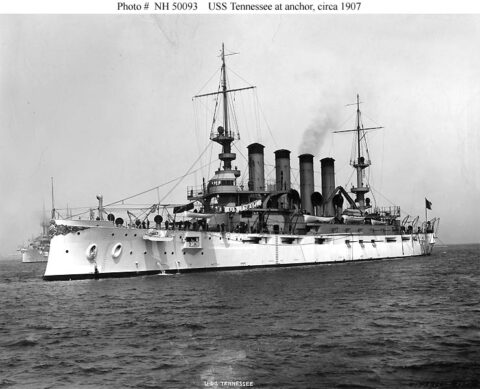
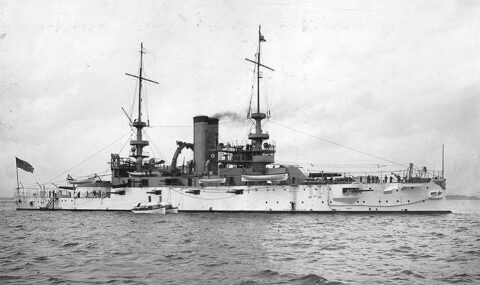
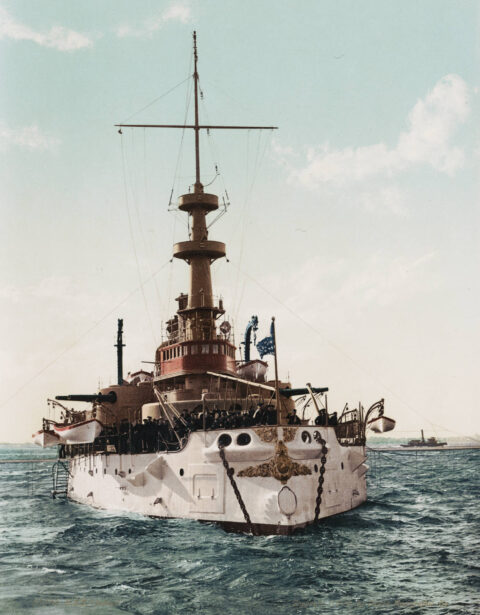
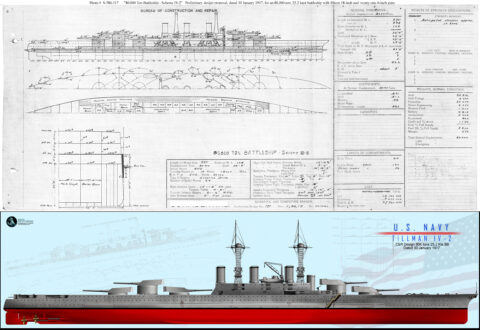
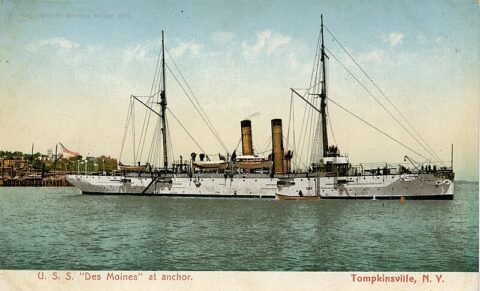
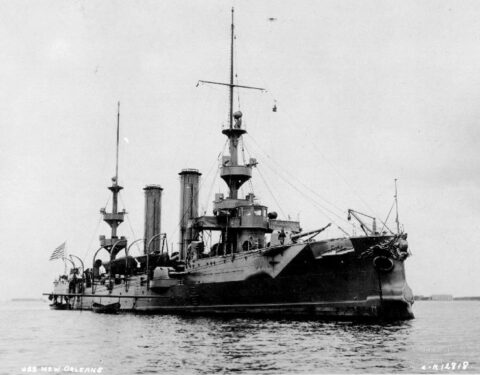
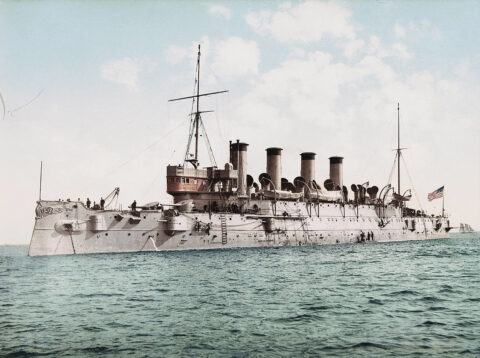
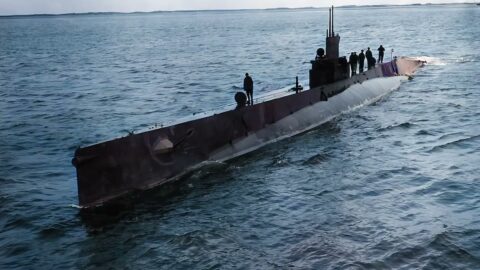
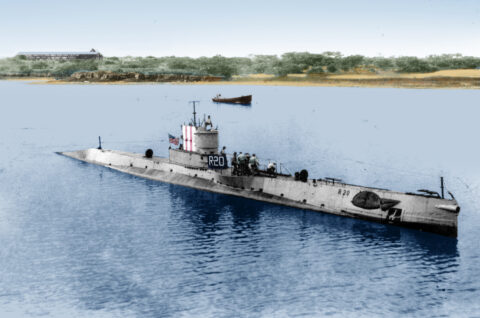

 dbodesign
dbodesign